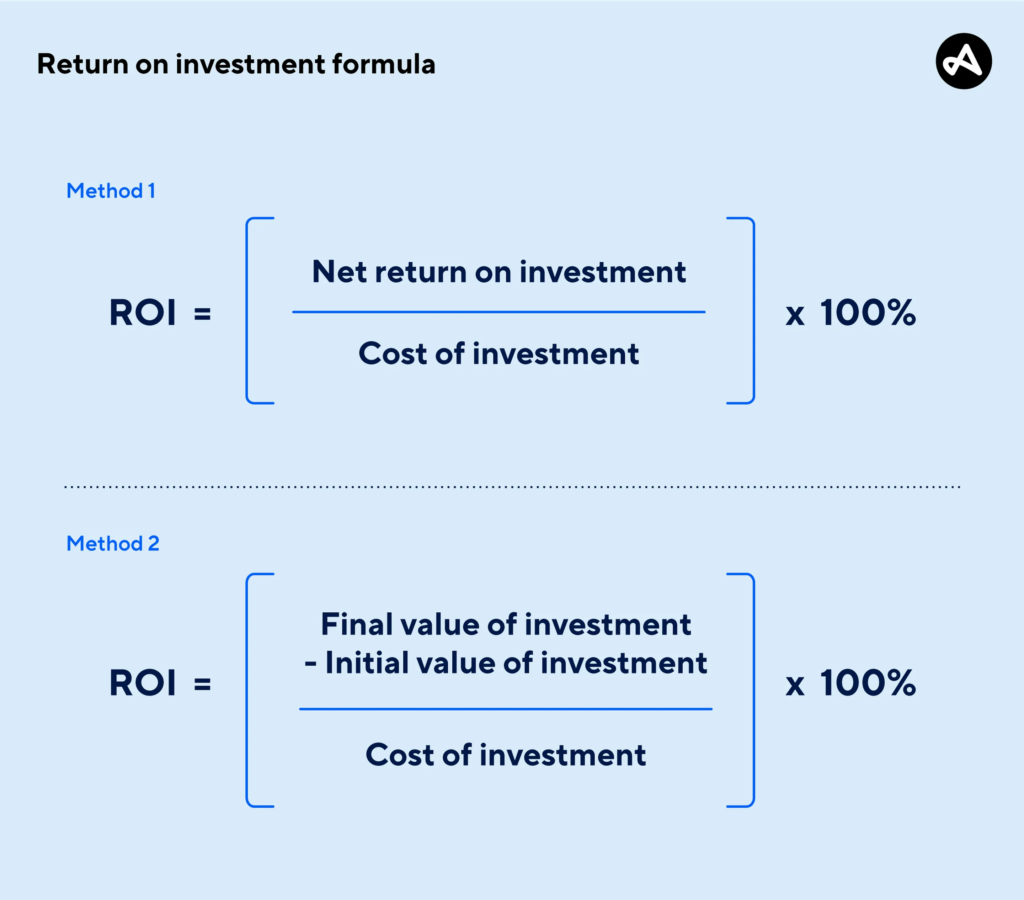
ROI (Return on Investment) is one of the key financial metrics developed in response to the need for a standardized method to evaluate the effectiveness of investments. Initially widely used in corporate finance and investment analysis, today it has gained particular importance in the digital economy, where every dollar or ruble invested must demonstrate measurable returns. ROI is especially relevant for evaluating investments in technological innovation, automation, and marketing in a context of increasing competition and limited budgets. By understanding how to calculate and interpret ROI, companies can make informed decisions regarding resource allocation and strategic priorities. This article explores ROI as well as its related metrics such as ROE, ROA, and more.
Context and Relevance
ROI is a fundamental financial analysis tool that helps determine whether investments are justified. For example, in 2023, many companies invested in integrating artificial intelligence into their business processes. By using ROI, they were able to objectively assess how investments in AI solutions (e.g., automating customer support) translated into financial returns through increased productivity and reduced operational costs. Similarly, in digital marketing, ROI is actively used to assess the return on investment in social media advertising—Facebook, Instagram, TikTok—where budgets are rising, and transparency in effectiveness is critical.
In today’s high-competition, budget-constrained environment, ROI is essential in decision-making:
- For startups — to assess returns from early-stage investments
- In marketing — to analyze the performance of campaigns
- In corporate finance — to justify capital expenditures
ROI also serves as the foundation for more complex metrics such as ROMI (Return on Marketing Investment), ROAS (Return on Ad Spend), and others.
Technical Essence: How to Calculate ROI
Formula:
Formula: (Investment Income – Investment Cost) / Investment Cost × 100%
This formula is used due to its simplicity and universality: it quickly evaluates investment efficiency and expresses the result as a percentage. However, it should not be used in isolation, especially in long-term investments or projects with irregular cash flows. In such cases, tools like NPV (Net Present Value) and IRR (Internal Rate of Return), which account for the time value of money, are more accurate.
Example: If you invested $10,000 in an ad campaign and received $15,000 in return:
Formula: (15,000 – 10,000) / 10,000 × 100% = 50%
Each dollar invested earned $0.50 in profit.
Important Notes:
- ROI does not account for time (unlike NPV and IRR)
- It ignores risk and external factors
- It can be misleading if based on incomplete data

Benefits of Using ROI
- Simplicity: No need for complex financial modeling
- Universality: Applicable to projects, departments, products, marketing channels
- Quick Interpretation: A positive ROI indicates investment efficiency
- Comparability: Allows evaluation of alternative investments with a single metric
Potential Risks and Limitations
- Ignores Time Horizon: Long-term investments may appear ineffective
- Doesn’t Consider Cost of Capital: Unlike WACC or IRR
- Can Be Manipulated: By overstating income or understating costs
- Excludes Non-Financial Benefits: Such as strategic advantages, brand awareness
Comparison with Similar Metrics

ROE — Return on Equity
Formula:
Formula: Net Profit / Shareholder Equity
Meaning: Indicates how effectively a company uses shareholder capital to generate profit. A high ROE reflects a stable and well-managed business.
ROA — Return on Assets
Formula:
Formula: Net Profit / Total Assets
Meaning: Measures how efficiently a company utilizes its assets. Useful for comparing companies in capital-intensive industries.
ROMI — Return on Marketing Investment
Formula:
Formula: (Marketing Revenue – Marketing Costs) / Marketing Costs × 100%
Meaning: Evaluates the profitability of marketing efforts and acquisition channels.
ROAS — Return on Ad Spend
Formula:
Formula: Advertising Revenue / Advertising Costs
Meaning: A narrower metric than ROMI, widely used in digital marketing.
Use Cases
Example 1: Startup ROI Evaluation
A startup invests $200,000 in developing an MVP. The product earns $300,000 in the first year.
Formula: (300,000 – 200,000) / 200,000 × 100% = 50%
Example 2: ROMI in Marketing
Marketing budget: $50,000. Sales return: $90,000.
Formula: (90,000 – 50,000) / 50,000 × 100% = 80%
Example 3: ROE Comparison
- Company A: $1M profit, $5M equity → ROE = 20%
- Company B: $2M profit, $20M equity → ROE = 10%
Company A uses capital more efficiently despite lower profit.
Recommendations for Using ROI and Related Metrics
- Factor in time: combine ROI with NPV, IRR
- Track ROI over time: year-over-year or between projects
- Apply it in business planning and budgeting
- In marketing: pair ROI with LTV and CAC analysis
- Never rely on ROI alone: it’s just one part of the financial picture
Conclusion
ROI is a powerful and universal tool for quickly assessing investment effectiveness and improving transparency for external investors by demonstrating justified spending and projected returns across business areas. However, it should be used thoughtfully in combination with other financial and analytical metrics to provide a more accurate picture of profitability and guide strategic decisions.


